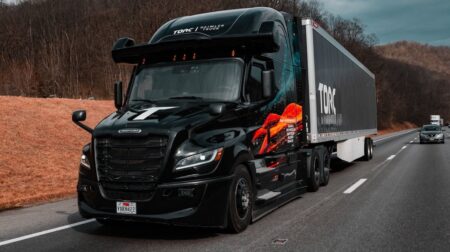Researchers from the Delft University of Technology (TU Delft), Netherlands, have developed a swarm of small autonomous drones which can localise gas leaks in large buildings and industrial sites.
Working with teams from the University of Barcelona, Spain and Harvard University, U.S., the researchers used bio-inspired navigation and search strategies to develop intelligent small drones.
“We are convinced that working with a swarm of small drones is a promising approach for autonomous localisation of gas sources,” said Guido de Croon, professor at the Micro Air Vehicle laboratory at TU Delft.
“Due to the small size of the drones, they are very safe for people and belongings that may still be in the building, and because they fly, they will eventually be able to search for the source in three dimensions.
“In addition, due to their small size, they can also be used in small indoor spaces. And a gas source can be located more quickly because a swarm of drones is used, and they are not fooled by local maxima of the gas concentration in their search for the real source.”
However, the team did add because the drones are so small, it is difficult to provide them with the AI necessary for autonomous localisation of a gas source. The sensors and computing power on board the drones is limited, and not suitable for the type of AI algorithm that allows cars to drive autonomously.
Moreover, operating in a swarm comes with its own challenges, as the drones must spot each other to avoid collisions and work together.
“In nature, there are all kinds of examples of successful navigation and localisation of odor sources with very limited resources,” explained Bart Duisterhof, who worked on the research as part of his master’s thesis at TU Delft.
The small drones have a new ‘insect algorithm’ for their navigation, called ‘Sniffy Bug’. If a drone has not ‘detected gas, the drones spread out as much as possible over the environment, while avoiding obstacles and each other. If one of the drones identifies gas, it passes it on to the others. From that moment on, the drones will work together to find the gas source as quickly as possible. The swarm then looks for the maximum gas concentration with an algorithm called particle swarm optimisation, where each drone acts as a ‘particle’.
Croon added: “This research shows that swarms of small drones can perform very complex tasks.”







